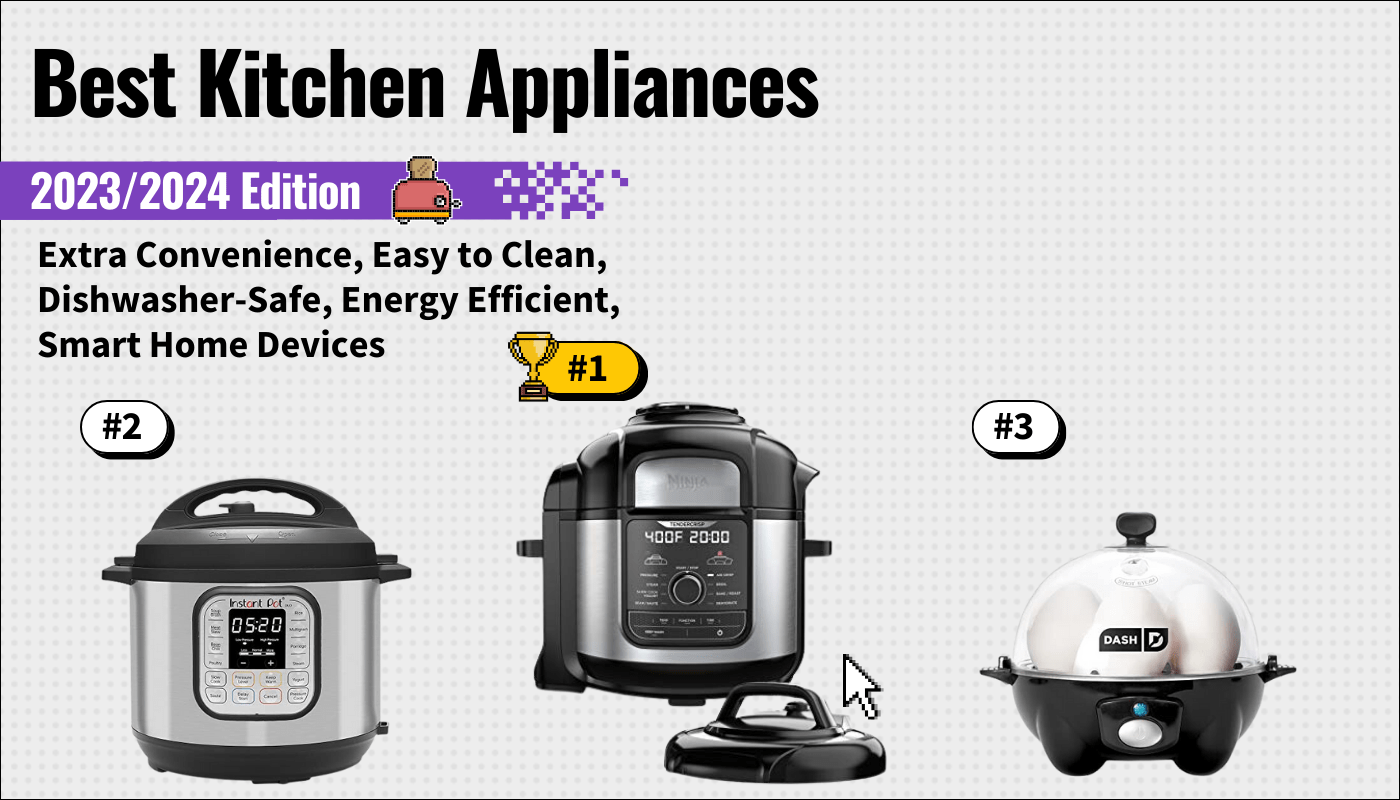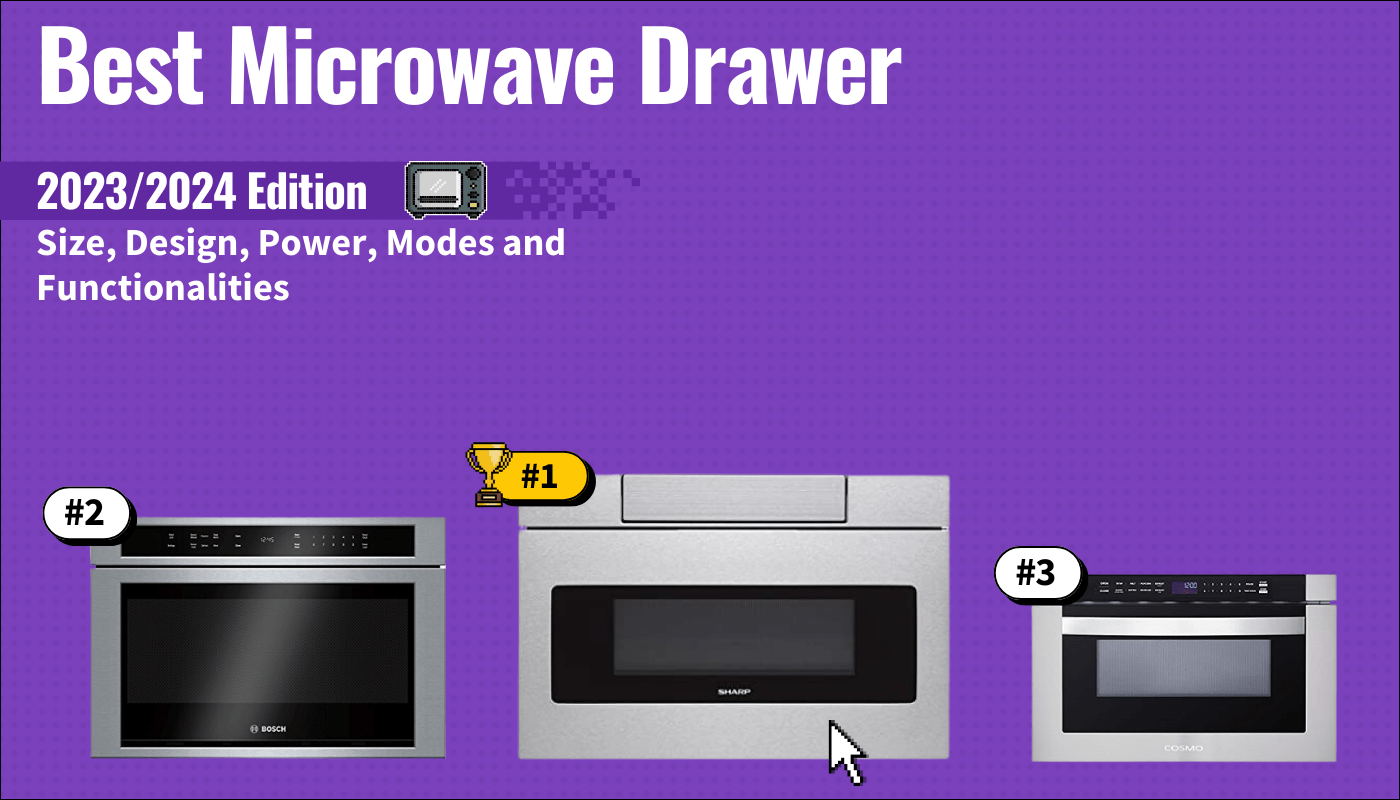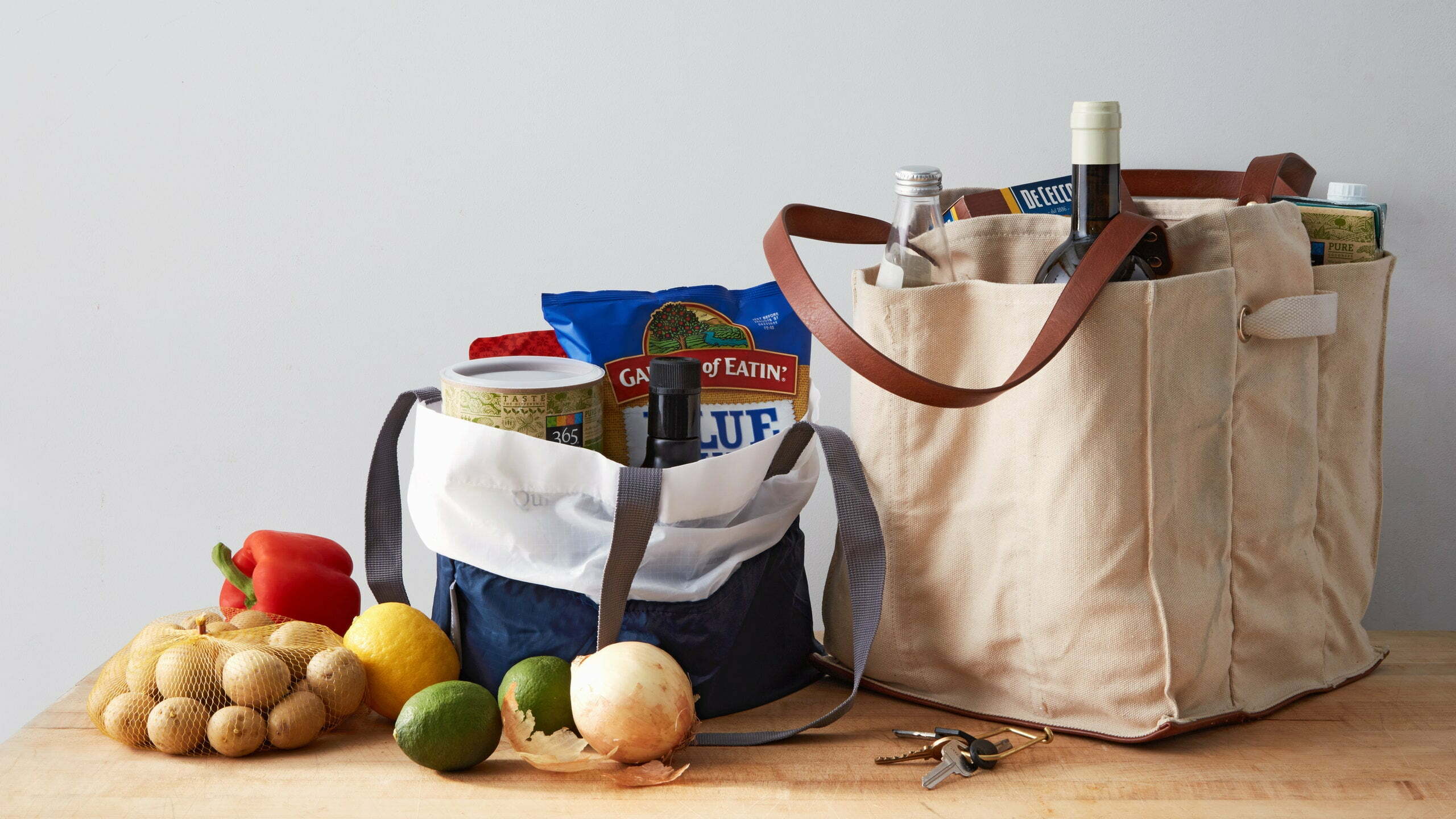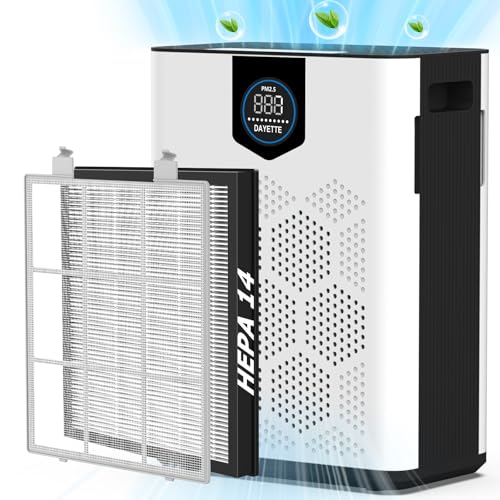To find the best commercial blender, you’ll want to determine the features that are right for you and how you use your blender. We recommend that you look for a high-performance blender with a powerful motor and manual controls. That said, it depends on the type of blender you truly want and need, such as an immersion blender, a commercial bar blender, a food blender, and even the quietest blenders. If you’re just after regular blenders, don’t worry, we go over many of them in this guide.
Make sure to also consider the blender blades’ quality and the pitcher’s capacity. The sound might also factor into your choice, as commercial blenders can get loud, so you might want to look for a blender with an enclosure that reduces noise. When buying a commercial blender, look for hardened steel blade surfaces, safe, BPA-free, and impact-resistant plastic jars, and a durable, stable base that resists vibration.
After analyzing hundreds of reviews amongst a multitude of heavy-duty products with varying price points and features, we’ve found that the Vitamix A3500 is the best commercial blender you can buy today for your kitchen or coffee shop. Keep reading about this and our other top picks to learn more and find the best blender to suit your needs.
Top 8 Commercial Blenders
#1 Vitamix A3500 Commercial Blender
Award: TOP PICK
WHY WE LIKE IT: This heavy-duty blender features unmatched fine-tuning via sensitive manual control, plus a wide variety of smart pre-programmed settings, along with great power and quality materials.
- Automatically adjusts for size of holder
- Compatible with a smartphone app for timing and remote control functions
- Capable of blade friction heating
- Doesn’t come with as many accessories as some blenders
- Not the quietest professional-grade blender on the market
This blender delivers strong performance and has excellent, easy-to-use buttons, including pre-programmed functions and full manual control. Power comes from a 2.2-horsepower peak motor, and the stainless steel blades can easily spin fast enough to friction heat soups and other mixtures. Like the rest of the Vitamix commercial blenders, this model has a self-cleaning mode that saves time.
Designed to meet the demands of busy juice shops and coffee shop settings, this pro-grade blender has more than enough durability for making smoothies and shakes at home. It comes with a low-profile pitcher that holds 64 ounces, allowing large batches. Another noteworthy feature of this model is self-detect technology. This means the blender can automatically adjust for different size containers.
#2 Waring Xtreme Commercial Blender
Award: HONORABLE MENTION
WHY WE LIKE IT: This high-performance blender comes with a 3.5-hp motor and a BPA-free pitcher design that provides for exceptionally smooth and speedy blending.
- Backlit LCD display makes it easy to use
- Pitcher comes with volume markings
- Programmable settings for different kinds of beverages
- Doesn’t come with to-go accessories
- Lacks a tamper
This heavy-duty blender comes with a generous 64-oz pitcher for large batches. Made of BPA-free Tritan plastic, it’s easy to pour from and dishwasher-safe for easy cleaning. With up to 3.5 peak horsepower, the Xtreme commercial blender helps create smoothies, shakes, and blended frozen drinks at high speed. Designed to hold up to professional use, it goes far beyond most countertop blenders and personal blenders when it comes to crushing ice cubes and blending fruit, making it one of the best blenders to puree food options on the list.
This blender also benefits from a clear, backlit LCD screen with easy-to-use manual controls plus programmable options.
#3 Blendtec Professional 800 Commercial Blender
Award: BEST NOISE CONTROL
WHY WE LIKE IT: A fully sealed sound enclosure makes this one of the least noisy professional-grade blenders on the market, while a motor with 3.8 peak horsepower makes it also one of the strongest.
- Extra thick blades for crushing ice
- Includes large blender jar with 90 ounces of capacity
- 11 variable speeds
- Not as convenient or easy for beginners to use as some
- Doesn’t come with a full range of food processing attachments
While it’s one of the most powerful blenders on the market, with a 3.8 hp motor, this enclosed blender is even less noisy than some smaller personal blenders. A tightly fitting noise-canceling enclosure helps keep the neighbors happy, which may be a key feature, especially if you tend to start blending early in the AM.
It comes with a high-capacity 90-oz blender pitcher and extra thick, strong stainless steel blades. Thanks to their unique design, these blades obviate the need for a tamper to unstick ingredients like whole fruit, nut butter, and ice cubes. The control panel features a touch-sensitive slider for variable speed control, and there are also pre-programmed settings for soup, ice cream, smoothies, and more.
#4 Vitamix 3609 Commercial Blender
Award: BEST COFFEE SHOP STYLE
WHY WE LIKE IT: Designed for heavy-duty coffee shop and restaurant use, this blender has a sound-insulating lid and 93 variable speeds to ensure flexibility and precise blending when making frappuccino-type coffee drinks, smoothies, and shakes.
- Easy pour pitcher design
- 34 programmed beverage settings
- Quieter than other Vitamix blenders
- Doesn’t have as much versatility as some blender and food processor combos
- Enclosure limits possible pitcher size
Powered by the same motor used in other Vitamix professional blenders, this model adds a vibration-reducing enclosure that dampens the noise and allows for a more peaceful environment behind the counter or in the kitchen. Designed primarily for coffee shop and restaurant duty, it comes with high-performance, long-lasting hardened steel blades, a 48-oz pitcher, and 34 pre-programmed cycle functions, making it among the most capable commercial ice blenders around.
This blender also has an outstanding amount of manual controls, giving 93 different speed settings and making it capable of blending everything from thin juices and margaritas to thick shakes, smoothies, and malts. However, it lacks the versatility of some more home kitchen-focused high-performance blenders, especially when it comes to food processing tasks.
#5 Vitamix 5200 Commercial Blender
Award: BEST DURABILITY
WHY WE LIKE IT: Able to heat soups and other hot liquids by friction, this powerful blender comes with a durable professional motor with a radial cooling fan for long-lasting performance, plus variable speed control and a self-cleaning mode.
- Variable speed control for different textures
- Well-cooled high-performance motor
- BPA-free pitcher
- Lacks pre-programmed modes
- Not as quiet as some commercial blenders
This professional blender has blades that spin fast enough to heat soup from friction alone, plus 10-speed settings and a variable speed knob that allows for precise adjustment. Its sophisticated BPA-free pitcher incorporates Vitamix’s unique design that channels contents back toward the blades for efficient and smooth blending.
While it lacks the pre-programmed options some models of personal blender offer, this is easily one of the best-performing blenders for a wide variety of food and beverage prep tasks both in the kitchen and in work settings. It works for hot liquids as well as all kinds of frozen beverages and ice cream. A highly useful and convenient self-cleaning cycle is another plus, letting you fully clean the pitcher and blades in under a minute.
#6 Blendtec Total Classic Commercial Blender
Award: BEST ON A BUDGET
WHY WE LIKE IT: Forged steel blades capable of heating soups by friction, plus a large 90-oz blender jar and a handsome, intuitive user interface, make this a good choice for those seeking a heavy-duty blender that won’t break the bank.
- Works as a milk frother for coffee drinks
- Self-cleaning design
- 10 variable speed options with full manual control
- Not as easy to program as some other commercial blenders
- Doesn’t come with a tamper or interchangeable blades
This powerful blender comes with six pre-programmed modes, including options for cold ingredients, hot ingredients, soups, and smoothies, plus a fine range of manual controls with ten variable speed options so you can fine-tune the blending process and get the ideal texture in your shakes and beverages.
This Blendtec commercial blender also benefits from tough, forged steel blades said to be ten times stronger than the more commonly found cast metal blender blades. It spins fast enough to heat liquids by friction and can work well as a milk frother when blending hot coffee beverages and protein drinks.
#7 Hamilton Beach Commercial Blender
Award: BEST COMPACT DESIGN
WHY WE LIKE IT: This commercial blender has a 3-horsepower motor, and a well-designed control panel, and keeps a low profile at just over 18-inches tall.
- Wave action offers smoother operation
- Intuitive rotary knob controls with variable speed
- Temperature gauge and cool down cycle for durability
- Not as easy to use as some of the more consumer-focused blenders
- Requires 230V plug
This high-quality blender uses the Hamilton Beach wave action system to help blend smoothies and shakes, letting it break up large chunks of frozen fruit without jamming. It also features a well-thought-out control panel that incorporates a rotary knob for variable speeds. It also has dedicated buttons for pulse mode and jumps cycle modes. The latter consists of a process where it starts on low and moves to high speed.
While it’s not exactly as compact as some personal blender and travel blender options, it’s one of the smallest professional-grade blenders on the market, and at just 18-inches tall, it can fit on nearly any kitchen or bar counter. Like some primarily commercial blenders, it does require a heavy-duty 230V electrical connection.
#8 Ninja Mega Kitchen System Commercial Blender
Award: BEST WITH MULTIPLE ATTACHMENTS
WHY WE LIKE IT: This 700-watt personal blender can blend frozen fruit and crush ice nearly as well as a full-size countertop blender, and it comes with two 16-oz NutriNinja portable cups with resealable lids.
- Six stainless steel blades
- Dishwasher-safe
- 72-oz capacity pitcher
- No self-cleaning mode
- Fewer manual controls than some professional blenders offer
This Ninja Professional blender has a powerful motor, a six-bladed design that crushes ice into snow in just seconds, and a large 72-oz capacity, making it well-suited for large batches of frozen drinks. It also comes with an 8-cup food processor attachment, plus a set of to-go cups. Along with all this versatility, the Ninja delivers capable performance, with its 1500-watt motor and easy one-button presets for dough, blend, and crush.
In addition, this model uses almost entirely dishwasher-safe containers and attachment materials, including the pitcher, cups, and to-go cup lids, making cleanup much easier. It features Auto-iQ technology with numerous programs for different recipes. The pitcher is also dishwasher safe, making it easy to clean.
How We Decided
To choose the best high-end blender, we looked for models that had proven durability, great performance, and outstanding material quality. We looked for the best heavy-duty professional blender with a motor that put out at least 1200 watts or was capable of 2.0 peak horsepower. A heavy-duty cooling system was also considered a plus, especially if you have a high-volume kitchen.
For easy clean-up, we gave preference to blenders that came with dishwasher-safe jars, blender lids, and rotating assemblies. We looked for simple controls and programmable functions so that you can easily create ice-blended coffee, smoothies, and other frozen drinks. A pulse function, as well as the ability to handle hot foods to make creamy soups, was considered a bonus.
In seeking the best commercial blender for sale today, we only considered models with BPA-free pitchers and integrated overheat protection for safety, as well as high-performance motors and blades. We prioritized blenders with well-designed controls and pre-programmed settings for common blended drinks.
Finally, we considered the included accessories. We looked for useful add-ons like spill-proof travel lids, food processor attachments, and extra single-serving cups.
Best Commercial Blender Buyer’s Guide
The Most Important Features to Consider
- Motor Performance
If you’re looking for a commercial kitchen blender that can handle making smoothies from whole frozen fruit, crushing up chunks of ice cubes and other tough ingredients, as well as dealing with heavy powders and nut butter without stalling, you’ll want a high-performance motor.- We recommend looking for at least 1200 watts of continuous power or a 2.0-horsepower peak output rating.
- In short, for a powerful, durable blender that will blend just about anything, you’ll want to get a commercial-grade blender. In busy kitchens, these high-powered blenders will be efficient in blending foods, ice, and liquids.
- For greater ease of use in a commercial setting, look for a versatile blender with a wide range of programmable controls so you can be more efficient in a professional kitchen. Though these are typically expensive blenders, some models can offer customizable controls so you can have your blender adapt to your needs. You can also opt for just basic controls that you use manually if fancy settings might be more distracting than helpful in the blender’s blending ability.
- Metal Drive Coupling
To increase durability, many of the best commercial blenders in 2025 have an all-metal drive coupling instead of a plastic drive gear in earlier models. This helps transmit power more smoothly and efficiently to the blades, reducing wear and tear and optimizing performance.- A rubber-isolated, metal-bearing coupling also helps reduce vibrations and unwanted noise, which is a plus with heavy-duty use.
- Keep in mind that while noise and vibrations are reduced, even the leading industrial blenders can be obnoxiously loud and vibrate a lot.
- Sound Enclosure
If you’re looking for a commercial blender (AKA: best commercial blender for smoothies) with minimal noise, look for a model that comes with or is compatible with a sound-dampening enclosure.- This is useful both for coffee shop blenders and for home kitchen use, where you might want to keep blender noise down while making ice-blended drinks.
- On the other hand, if you’re using a commercial smoothie blender at home, just be sure that you don’t use it at night when it can annoy sleeping family members.
- But, if you’re using a blender for baby food, like the Magic Bullet Baby – Bullet Baby Care System, it will be powerful enough to puree food for the baby to eat and not necessarily good enough to crush ice for green smoothies.
- Make sure you check the warranty on the blender if it’s included, which can save you a headache if a need for repairs comes up. There are various warranty periods on the market, with longer ones being better, such as a one-year or even a three-year warranty.
Beginner’s Guide to Blenders
When selecting a blender, it’s important to consider the motor’s power, volume, blade design, and speed settings:
- Blenders vary in motor strength, with both low and high-powered models available.
- They comprise various parts like housing, motor, blades, and blending jar, with the motor driving the blades to blend ingredients.
- Immersion blenders, with blades at the tip, are ideal for blending hot soups.
- Blenders are versatile, useful for making drinks and foods like soups and nut butters.
- Prices range from $20 to $600, with longevity around six years on average.
How Do Blenders Work?
Blenders function by using a motor to rotate blades at high speeds, chopping up ingredients in the blending jar. This process involves shearing forces and cavitation, effectively breaking down solids into liquids.
There are two main types of blenders: standard blenders, which have a fixed blending jar, and immersion blenders, featuring blades at the end of a handheld unit for blending directly in containers. The choice of blender depends on the specific blending tasks and the features required for those tasks.
High-Powered Blender Vs Blender
High-powered blenders differ from traditional blenders in motor strength and capabilities. They have powerful motors that can handle tough ingredients, perform tasks like heating soup, and are well-suited for serious cooking enthusiasts or small commercial settings.
Traditional blenders, while more affordable and user-friendly, are designed for basic blending tasks like making smoothies. The choice between high-powered and standard blenders depends on the user’s specific needs and budget constraints.
Liquidizer Vs Blender
Liquidisers and blenders, though similar, serve different purposes in the kitchen. Liquidisers, typically smaller, are designed with sharper blades to efficiently process tough ingredients like seeds.
Blenders, more versatile and larger, can handle a variety of tasks, from blending soft fruits to assisting in meal preparations. The choice between the two depends on the specific culinary needs: liquidisers are better for mincing or powdering, while blenders are more suitable for general kitchen blending tasks.

















